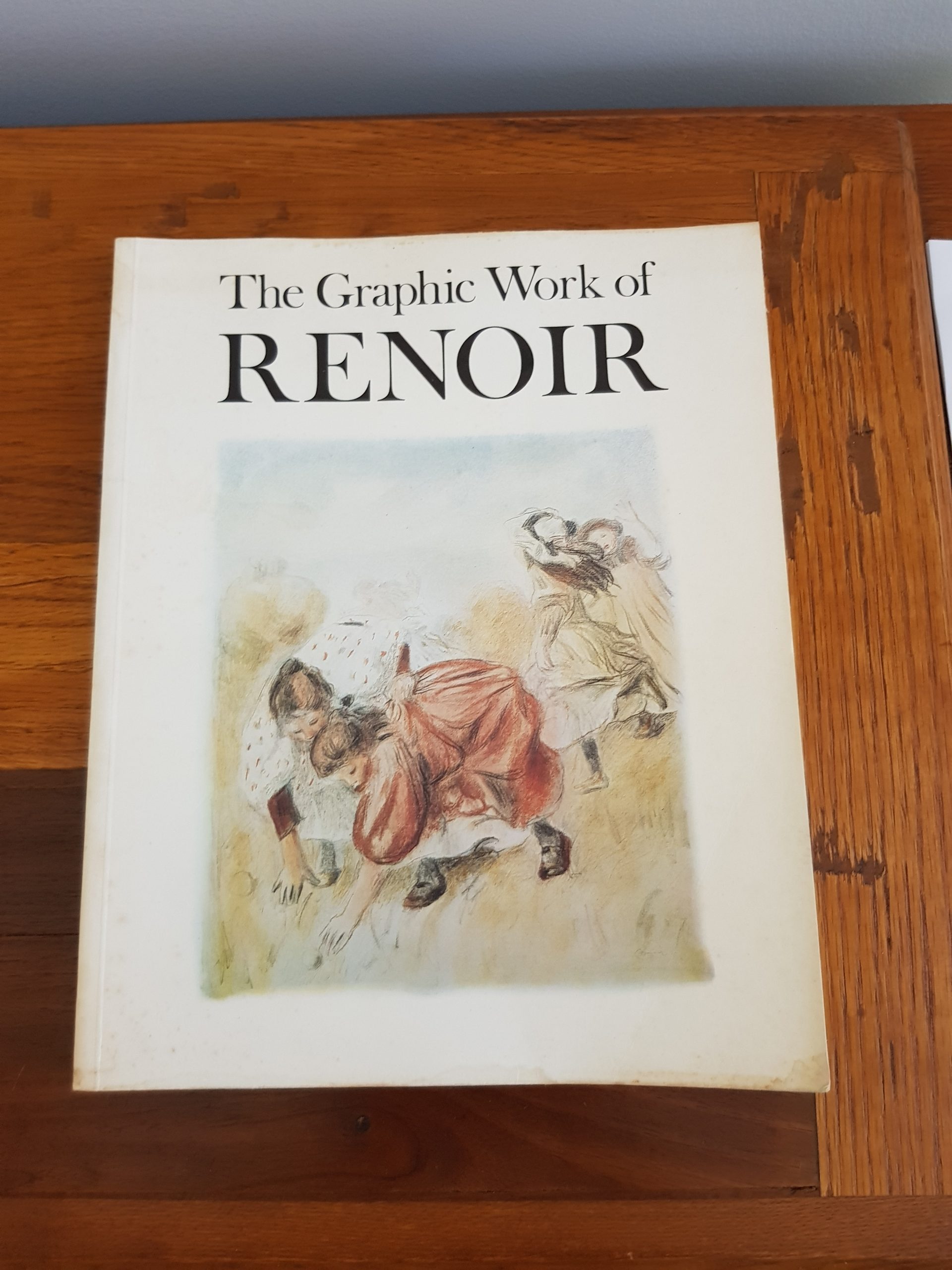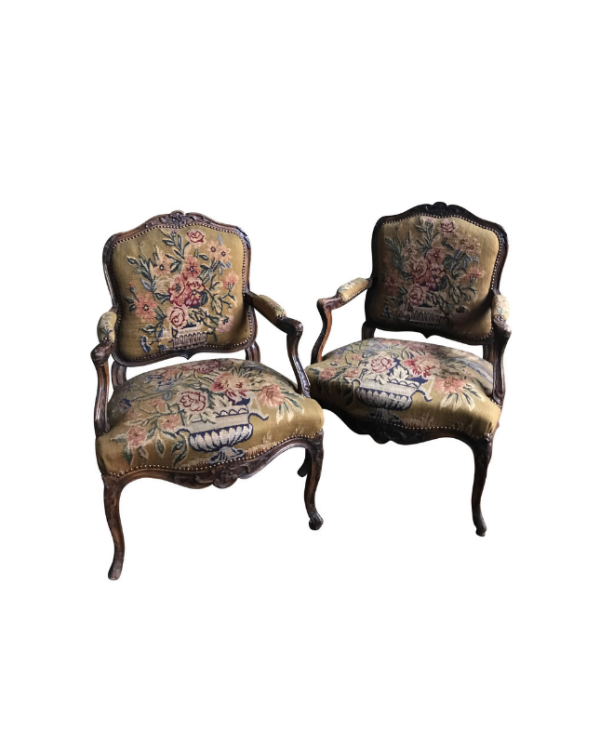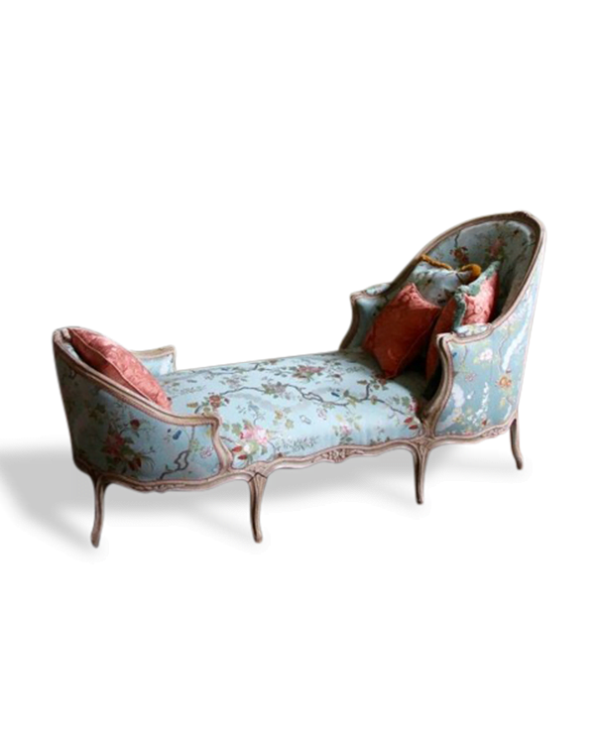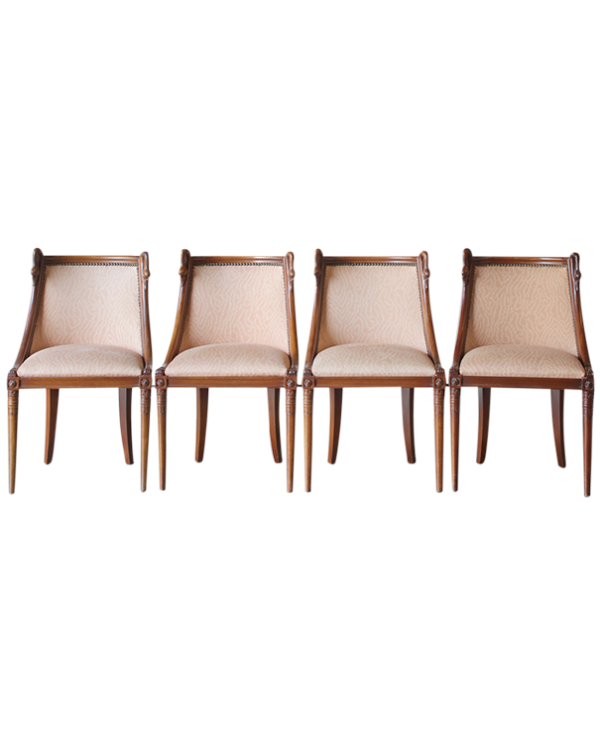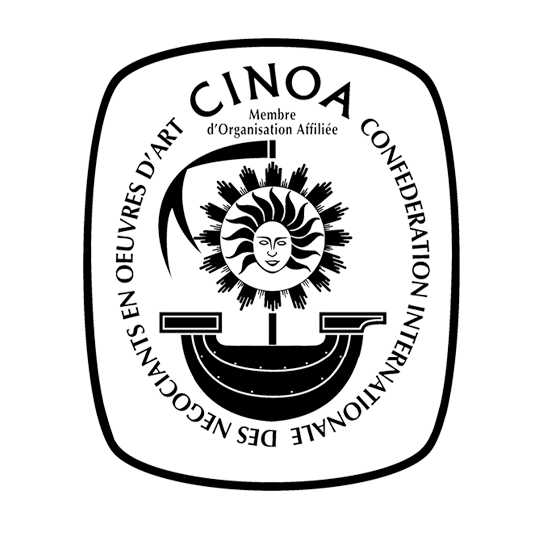Pierre Auguste Renior “Le chapeau épinglé” 1894
“Le chapeau épinglé” (1894) Pierre Auguste Renior (1841 – 1919)
Etching
Impressionist
Late 19th Century
3 planche
This artwork by the renown French Impressionist Pierre Auguste Renoir, is an etching and drypoint titled “Le chapeau épinglé” (La fille de Berthe Morisot et sa cousine) translates to ‘The Pinned Hat’
The scene depicts two young girls side by side, with one of them pinning on the other’s hat, in a series of variations at this time. His models are known to have been Julie Manet, the daughter of Berthe Morisot and niece of Eduard Manet, and her cousin, Paulette Gobillard.
This is a later year restrike edition drypoint etching from the original plate. There were six different prints, three etchings and three lithographs of this subject with the scene originated from a study Pierre Renoir made while on holiday on the coast of Northern France with Berthe Morisot and her family. Julie Manet was a favourite model for Renoir and on this occasion he drew her on the beach with her cousin who was adjusting the pin on her large sun hat. This impression of Le Chapeau Epingle is the third and final etched variation. In its treatment it is much more compelling and complex than the earlier two versions.
Image (plate mark) is H 17cm x W 12.5cm, framed is H 34.5cm x W 26.5cm. Signed in plate.
Referenced and pictured in The Graphic Work of Renoir catalogue raisonnee compiled by Dr Joseph G. Stella plate #8
Custom framed in a wooden frame with gold wash edging, a gold color spacer and fabric matting. This work is in very good to excellent condition with a strong, visible plate mark.
Image (Plate Mark): H 17cm x W 12.5cm
Framed: H 34.5cm x W 26.5cm
Sold As Is. In Good condition commensurate with age.
Pierre Auguste Renoir Art
FRENCH, 1841-1919
Pierre-Auguste Renoir had his first experience with art in 1845 at the age of 4 when his family moved to Paris from Limoges and settled near the Louvre. By the age of 13, he had begun to seriously study and practice his work. Renoir started as an apprentice painter in a porcelain factory, where he spent five years. He then took drawing lessons from Charles Gleyre and in 1862, when he was 21; Renoir attended the Ecole des Beaux-Arts. It was at the National School of Fine Arts in Paris where Renoir met the future founders of Impressionism, Claude Monet, Alfred Sisley, and Frederic Bazille.
Renoir paintings remained in the traditional style during the 1860s. His portrait of his mistress, Lise Trehot, was traditional enough to be accepted for the 1867 Salon. Pierre Auguste Renoir’s paintings began to change shortly after he moved in with Claude Monet and Frederic Bazille in 1869. Renoir updated his technique and color scheme. Renoir painted mostly outdoors and began to use vibrant, pure colors and little brush strokes.
Renoir, along with Claude Monet, Camille Pissarro, and Alfred Sisley was part of the first exhibition of the Society of Independent Artists in 1874. It was at this exhibit that the term “Impressionism” was first used. The term was coined by a French art critic who took the name from a Monet painting. The term was meant to be derogatory and the show was a financial failure. Despite the failure, the artists continue to exhibit together and were joined by Edgar Degas and Georges Seurat. By the early 1880s, the public had begun to recognize the importance of the Impressionists’ work.
In the early 1880s, Renoir traveled and painted extensively. He held his first one-man exhibition in 1883 in Paris. He received commissions from prominent Parisians and painted numerous group portraits of his friends, writers, and fellow artists. By 1887, Renoir was famous and donated several paintings to Queen Victoria for her Golden Jubilee.
By the time he was 50, Renoir’s health began to decline. He suffered from cataracts, rheumatoid arthritis, and ankyloses, and spent the last twenty years of his life confined to a wheelchair. During this time he continued to paint and even took up sculpting.
(Biography provided by Bailly Gallery Geneva-Paris)
Provenance:
- Reuben Finberg Galleries, Kosminsky Buliding 421 Bourke Street, Melbourne. 1970’s
- Gustave Geffroy, la View artistique, 3rd series, Paris, Dentu, 1894
- Georges Rivière, Renior et ses Amis, Paris, Floury, 1921
- The Graphic Work of Renoir, Catalogue Raisonné, Compiled by Dr Joseph G. Stella, #8

